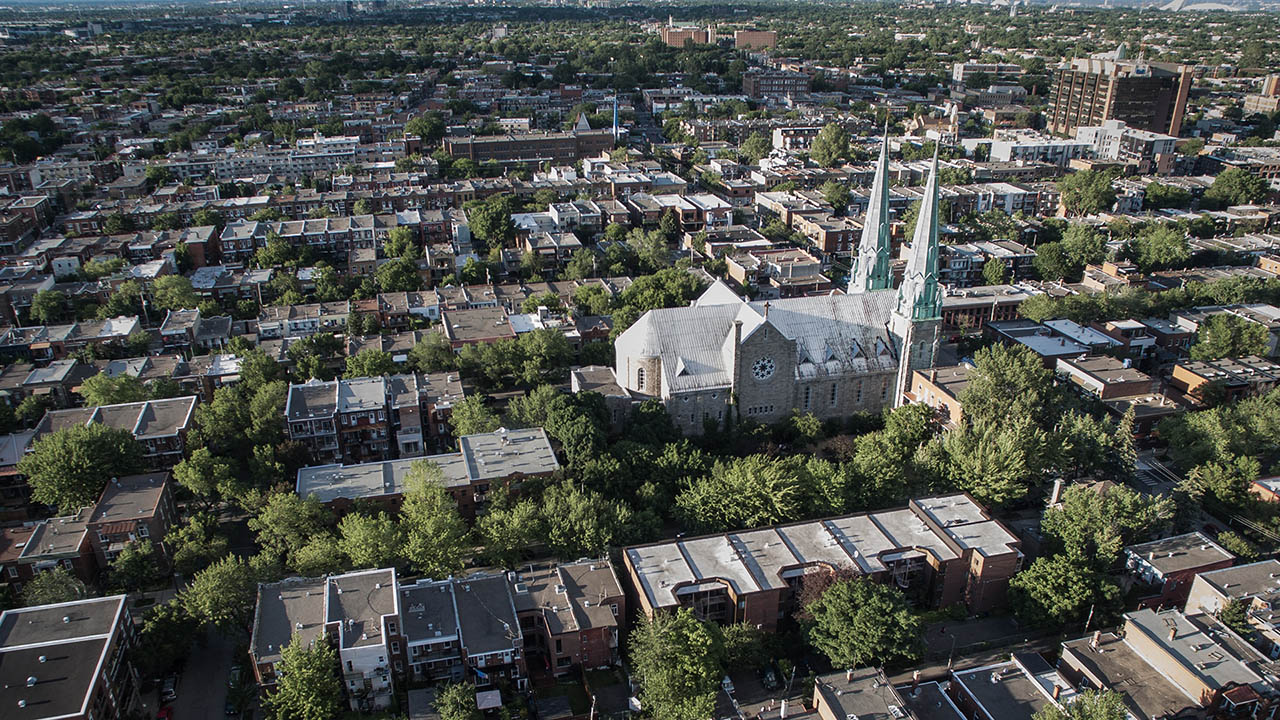A recent article for The Economist likened interpreting the economy to Mona Lisa’s smile: Each time you look, you see something different. Economists’ and analysts’ forecasts are becoming more volatile (read: incorrect), inflation is up or down depending on what you measure and when, business leaders are responding to surveys less frequently, hard numbers look positive while soft numbers (opinion polls) look negative.
What everyone wanted to know this earnings season was how the country’s banks would perform following March’s Silicon Valley Bank collapse. The trouble is that no one knows exactly how to interpret the results, even as first-quarter earnings reports unfold. We know that big banks didn’t really experience a crisis. The largest bank in the U.S., JPMorgan, booked record revenue and a 52 percent increase in first-quarter profits. Other large banks like Citigroup and Wells Fargo fared equally well. As The Wall Street Journal reported afterward, “It’s great to be a megabank, even in a banking crisis.”
However, retail banking — the kind of banking for average Americans like you and me — is just one aspect of a big bank’s book of business. On another side of the bank, investment banking and trading, or “Wall Street” banking, the results weren’t as good. Investment banking was down and down big.
What it means
Retail banking performed well because customers like you and me want to keep our money safe, presumably at banks that are famously “too big to fail.” During the market tumult in March, many depositors fled from smaller, regional banks to larger, national banks, boosting megabanks’ deposits and increasing their lending, which is how retail banking makes money. Additionally, higher interest rates, which hurt smaller banks like Silicon Valley Bank, help earn higher interest rates on loans for large banks.
Go Big or Go Better?
Despite popular sentiment, one study suggests regional or small banks may be better for individuals.
![]() 31% of Americans with a bank account use one of the big banks. But while convenient, they may not be the best place to grow your money.
31% of Americans with a bank account use one of the big banks. But while convenient, they may not be the best place to grow your money.
![]() 26% of consumers primarily bank with small banks
26% of consumers primarily bank with small banks
0.46% APY — That’s the average analyzed rate for small bank checking — 23 times higher than those found at the large national banks
*Information drawn from a study by LendingTree’s DepositAccounts website, published March 2023.
Investment banking, on the other hand, fell off the map for two reasons. First, higher interest rates make debt more expensive. When that happens, buying companies becomes more difficult, since most companies are purchased with debt. Second, bankers worry about the political and economic outlook for the world at large. And this is why so much of the banks’ financial results matter right now, and why economists and investors eye earnings season so closely.
Why it matters
Banks tell us a lot about the economy in key ways. They control the flow of capital, which mirrors the flow of ideas and the people that have them. For this reason they’re at the tip of the spear for economic conditions. Think about how tech feels the effects of an economic downturn first because tech companies are saddled with debt, which is sensitive to interest rates. Now some banks feel those effects. Some economists were concerned that the banking crisis was the canary in the economic coal mine.
Yet it seems we’re through at least the first phase of the banking dust up. What frightened markets in March seems to have been contained within small or regional banks, seemingly avoiding the dreaded catastrophe of contagion. This is good news for economic worriers like me.
Now, attention is shifting elsewhere. If tech has been suffering through the downturn, and large banks are okay, despite the downturn in investment banking, where will the cracks appear next? Will it be a so-called “credit crunch” for the rest of the economy, where average Americans struggle to obtain loans for their biggest purchases? And what might that analysis tell us? That brings us back to Mona Lisa’s enigmatic smile, what some might call “polycrisis.”
One New York Times opinion writer described “polycrisis” as “a term that seemed to capture the pervasive vibe of cascading global turmoil: pandemic, war, climate change, the energy crunch, deglobalization, inflation and global debt.” We as a society are facing challenges from everything, everywhere, all at once.
Here’s just one example of where experts say signs are pointed: Some say, for various reasons, that the global center of gravity is shifting away from the U.S. and toward China and its improving relations with Russia, Brazil, the Middle East, Africa, and others, in contrast to our relations with Taiwan, Europe, and Ukraine. They say it’s a “New Cold War” amid a “changing world order,” to use Ray Dalio’s term.
Some of these issues are geopolitical, environmental, and medical. Economists, for their part, are discussing whether the dollar will lose its leadership in the coming years. Since the dollar is the world’s reserve currency and most of the world’s trade happens in dollars, this could be a big blow to our overall leadership status.
“It’s true that there are threats to the dollar,” writes an analyst in the Financial Times. “But these threats to dollar supremacy lack potency.” Another in The Economist points out that “America’s economic outperformance is a marvel to behold.” This leads some economists to campaign for using a digital dollar to improve our competitiveness.
Coincidently, the key to interpreting what the future will look like, and doing something about it, will come down to how we all find common ground and inventive ways to seek a path forward. Which is true, of course, of the American economy, and it seems equally true of the American church.





